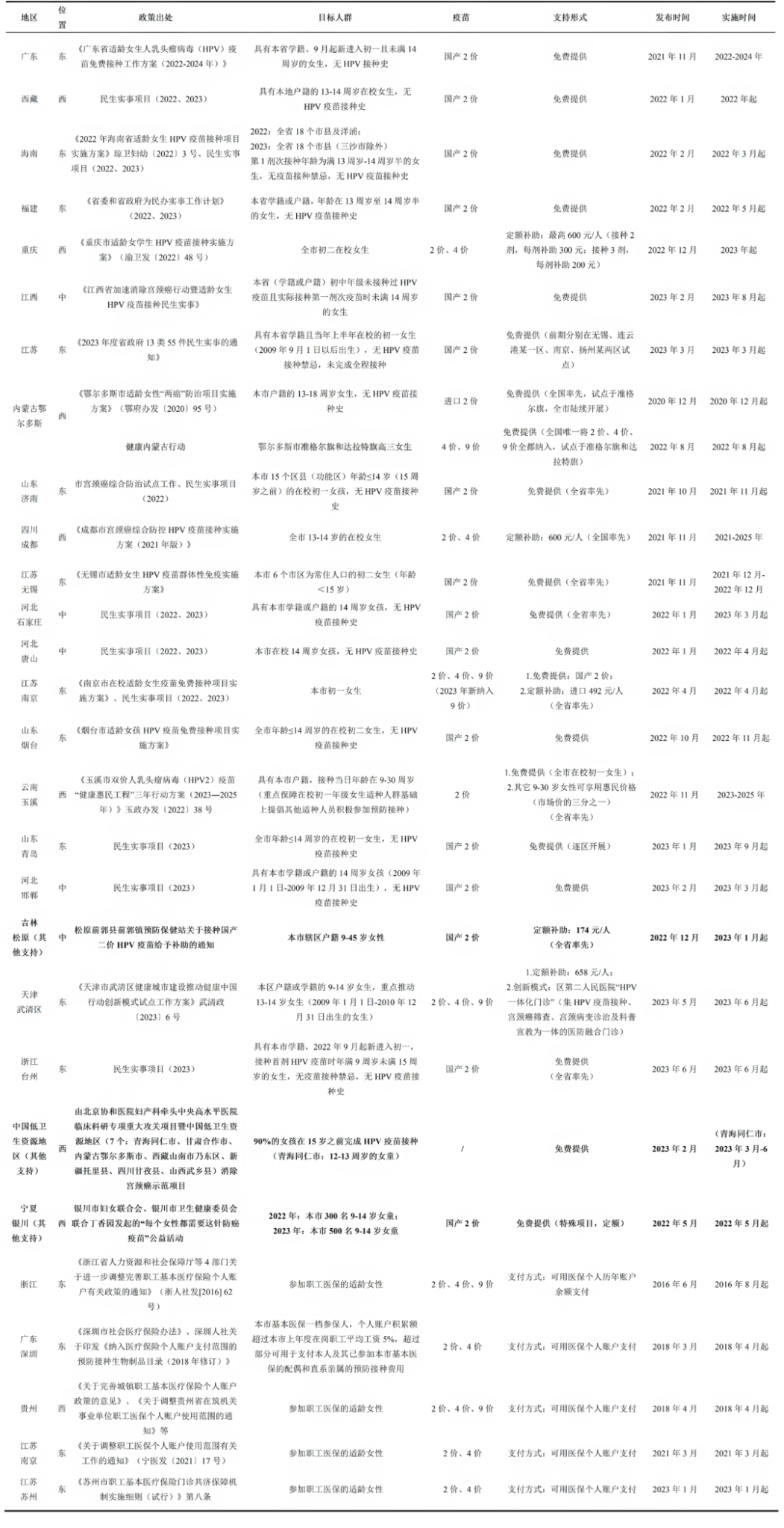This editorial, co-authored by four guest editors, summarized the thematic series “Advancing China’s National Immunization Program: Improving its Effectiveness and Sustainability” published in Infectious Diseases of Poverty, led by the innovation Laboratory for Vaccine Delivery Research (VaxLab). The editorial discussed the implementation of China’s national immunization program and the coverage of key non-immunization vaccines, with an emphasis on strategies to improve vaccine coverage. In addition, the editorial mentioned the VaxLab’s future focus areas, including vaccine financing, diversity, equity and inclusiveness of immunization coverage, and maternal vaccination. VaxLab’s research work will be expanded beyond China to Southeast Asian and the WHO Western Pacific region, particularly to address challenges that middle-income countries faced in vaccine financing and delivery.
Association between influenza vaccination during pregnancy from 2012 to 2022 and demographic characteristics and preterm birth outcomes in Shanghai
This study, jointly conducted by Prof. Hong Jiang’s team from Fudan University and the Shanghai Municipal Center for Disease Control and Prevention, was published in the Journal of Clinical Pediatrics. Using data from the Shanghai Birth Medical Information System (2012–2022), the researchers analyzed trends and determinants of influenza vaccination among pregnant women and its association with preterm birth.The Study found that multiple sociodemographic factors are significantly associated with influenza vaccination behavior among pregnant women in Shanghai between 2012 and 2022, and influenza vaccination during pregnancy may be related to a reduced risk of preterm birth. It is recommended to further strengthen public education and service support, continuously promote vaccination efforts, and effectively safeguard maternal and infant health.





